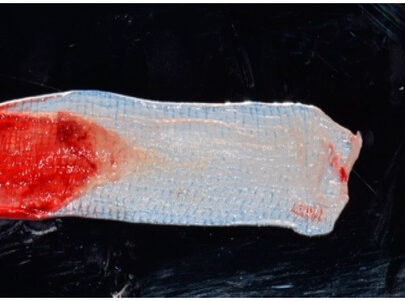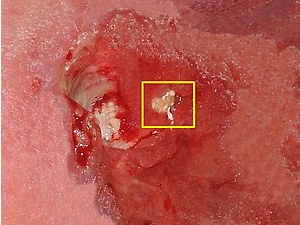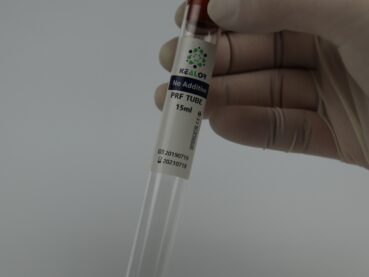Platelet-rich plasma (PRP) and platelet-rich fibrin (PRF) are two popular treatments that use the patient’s own blood to promote healing and regeneration. While these treatments have similar names and purposes, there are some key differences between PRP and PRF that patients should be aware of. In this blog, we’ll discuss PRP vs. PRF and how they differ in terms of preparation, composition, and application.
What is PRP?
PRP is a treatment that involves drawing a small amount of the patient’s blood and spinning it in a centrifuge to separate the platelet-rich plasma from other components of the blood. The resulting plasma is rich in growth factors and other healing compounds, which can be injected into the patient’s body to promote tissue regeneration and healing. PRP is commonly used in orthopedic and sports medicine to treat injuries such as tendonitis, muscle strains, and joint pain.
What is PRF?
PRF is similar to PRP in that it involves drawing blood and spinning it in a centrifuge to extract the platelets. However, the centrifugation process for PRF is different, and the resulting fibrin matrix is denser and more complex than the plasma produced by PRP. PRF also contains more white blood cells and other cellular components than PRP, which can promote tissue regeneration and healing.
PRP vs. PRF: Preparation
The preparation of PRP and PRF differs in terms of the centrifugation process. PRP is typically prepared using a single spin, which separates the platelet-rich plasma from the other components of the blood. PRF, on the other hand, involves a two-step centrifugation process that creates a denser fibrin matrix.
PRP vs. PRF: Composition
PRP and PRF differ in their composition. PRP contains a higher concentration of platelets than PRF, but fewer white blood cells and other cellular components. PRF contains a higher concentration of white blood cells and other cellular components, as well as a denser fibrin matrix. The composition of PRF is thought to promote tissue regeneration and healing more effectively than PRP in some cases.
PRP vs. PRF: Application
PRP and PRF are both used for a variety of medical and cosmetic applications. PRP is commonly used in orthopedic and sports medicine to treat injuries such as tendonitis and joint pain. It is also used in cosmetic medicine to promote skin rejuvenation and hair restoration. PRF is used in dental medicine to promote bone regeneration and healing after tooth extraction, as well as in plastic surgery and wound care to promote tissue regeneration and healing.
Conclusion
PRP and PRF are two treatments that use the patient’s own blood to promote healing and tissue regeneration. While these treatments have similar names and purposes, they differ in their preparation, composition, and application. PRP is prepared using a single spin and contains a higher concentration of platelets, while PRF is prepared using a two-step centrifugation process and contains a denser fibrin matrix and more cellular components. Both treatments have a variety of medical and cosmetic applications and can be effective in promoting healing and tissue regeneration. If you’re considering PRP or PRF treatment, consult with a qualified healthcare provider to determine which treatment is right for you.








